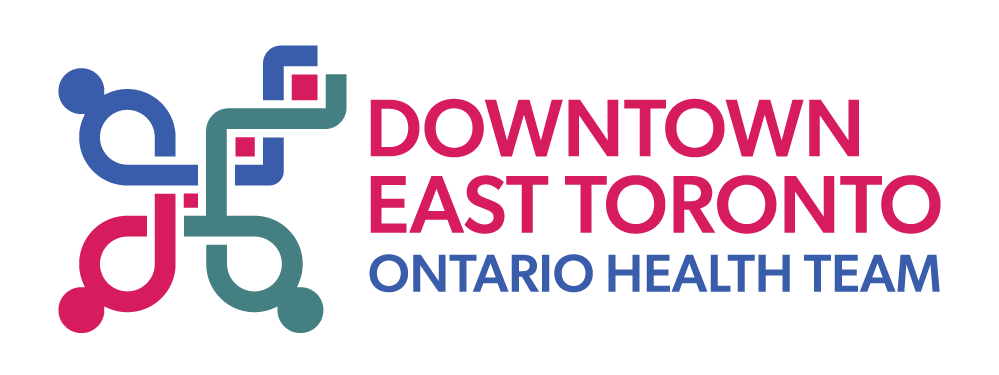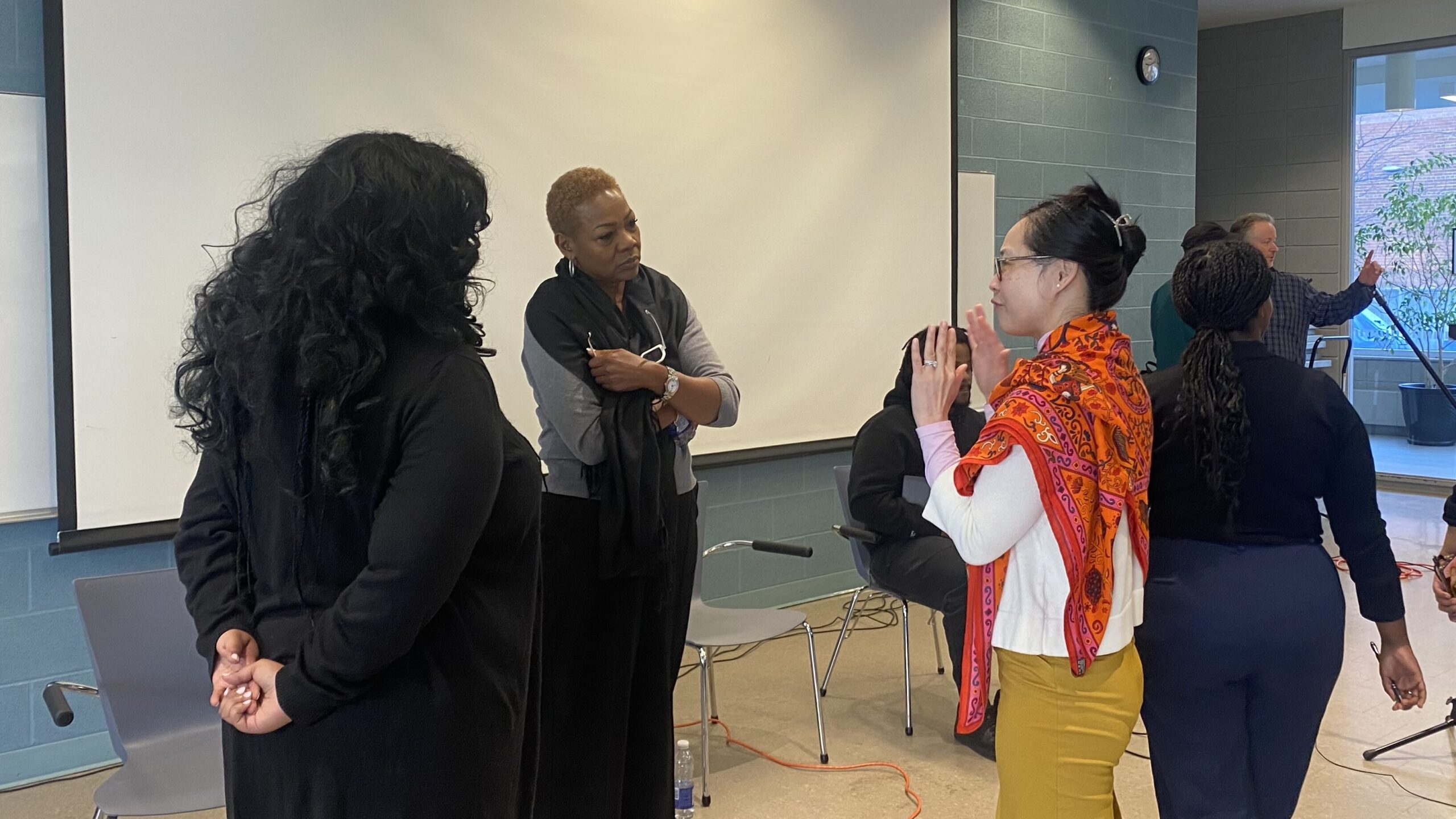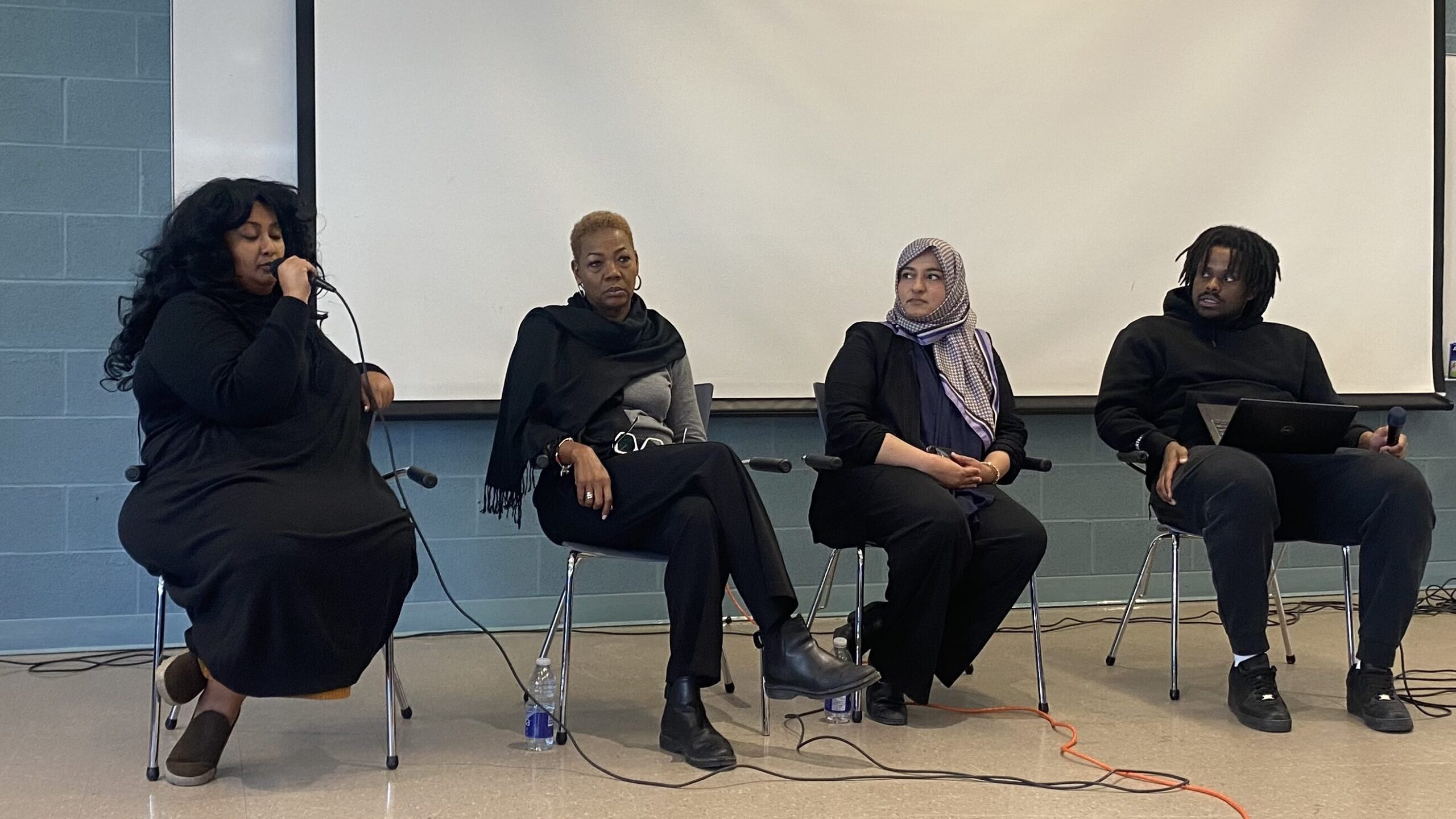In conversation with partnering primary care providers of Interprofessional Primary Care Team (IPCT) project* – part 2/2 (read part one here).
We engaged in a dialogue with two of the key leaders involved in the DET OHT’s IPCT project: Jacqueline Chen, Senior Clinical Program Director for Primary and Community Care at Unity Health Toronto, and Laura Pripstein, Chief Medical Officer at Sherbourne Health. These organizations are two of the four primary care providers participating in the project, alongside Inner City Family Health Team and Regent Park Community Health Centre.
During our conversation, Chen and Pripstein shared meaningful insights from the early stages of the project’s implementation, along with their hopes for what can be achieved through valuable partnerships and the integration of team-based primary care with community services.
In one of our earlier conversations with Tara Bradford and Maryam Ebrahimpour, we discussed the distinguishing features of the IPCT care delivery model. We would like to hear your thoughts as well. In your opinion, what sets this care delivery model apart from other primary care models?
Jacqueline Chen: What I truly appreciate about this model is its deeply intentional approach to care. A lot of effort went into identifying who will deliver care and determining how care will be delivered. Unlike traditional primary care practices, which can sometimes operate in silos, the IPCT care model fosters integration. It brings together a diverse team, including both the partners collaborating at the table and the types of staff members that we believed would be beneficial for the unique needs of the target population.
I would also acknowledge how this model goes beyond physical health needs. It is addressing the broader context of individuals’ lives by taking into account social determinants of health and understanding the social factors that hinder people from living their best lives. It is not a one-size-fits-all approach; instead, it recognizes each person as a unique individual. By providing holistic care, the model aims to root itself in the community and honour the cultural traditions of those it serves.
What do you hope the IPCT can achieve for the primary care needs of its target population, i.e., Black and Indigenous communities facing significant social and economic challenges?
Laura Pripstein: I hope we can establish meaningful pathways by genuinely listening to the needs of our target populations, particularly Black and Indigenous communities as well as the organizations already working closely with these communities.
Jacqueline Chen: I think trust is a critical element of this work. Our hope for the target population, which is already experiencing plenty barriers to accessing care, is to offer care that feels meaningful and safe, particularly for individuals in Black and Indigenous communities. This process will take time, but ultimately, we hope they experience a sense of belonging and community. Regardless of their circumstances or cultural beliefs, we want everyone to feel accepted and know that the care they receive is tailored to their specific needs.
What strategies do you believe are essential for fostering trust between the care providers involved in the IPCT and the Black and Indigenous communities they are serving?
Jacqueline Chen: I believe we need to challenge ourselves to think beyond the traditional methods of delivering primary care. Often, our own structures and systems can inadvertently hinder what is truly needed. With this initiative, our goal is to connect individuals to longitudinal primary care, but it is equally important to recognize and prioritize the goals of the patients we serve. For some, longitudinal primary care may not be their top priority—timely access to care when they need it might matter more to them. This approach can pave the way for a smoother transition to longitudinal care, which we know can lead to better outcomes for this population.
Laura Pripstein: One of the essential strategies is implementing evaluation model early in the process, rather than waiting until the project is a few years in. This allows us to assess what is working and what is not, making it possible to pivot and realign based on feedback from the population we are serving. Early evaluations enable us to stay responsive and ensure our efforts remain aligned with their needs.
In conclusion, would you like to add something or share a key takeaway from our conversation?
Laura Pripstein: I tend to be someone who sees a problem and wants to fix it right away. But what I have come to realize through this process is that building relationships, such as these with the four organizations and referring partners, takes time. I have had to remind myself to slow down and take a more measured approach. I hope that Ontario Health also exercises patience and understands that we are prioritizing intentionality to ensure this initiative’s success.
Jacqueline Chen: I completely agree with Laura—she has hit the nail on the head. This entire process has been incredibly humbling for me. It has highlighted the critical role of grassroots organizations in the community, many of which already have established trust with the populations we aim to connect to primary care. This is not just a project; it is a long-term commitment.
One challenge we face is that project timelines often do not account for the time and effort required to build meaningful relationships and trust. These processes are extensive and nuanced, and trust can be easily lost with just one negative interaction.
*The IPCT project is a primary care initiative of DET OHT, aiming to enhance access and attachment to interprofessional, team-based primary care for individuals in Downtown East Toronto experiencing significant financial and social barriers. These populations include people experiencing housing insecurity, 2SLGBTQIA+ community, refugees, people with disabilities, and individuals who use drugs. The project places a specific emphasis on addressing the unique needs of Indigenous and Black communities.
Currently in its implementation phase, the four primary care providers are collaborating closely with their referring community partner organizations to establish a strong foundation for success.




